96 icons of vintage Consoles & Computers
![]()
This is a Collection of 96 Consoles & Computers icons for Windows, Mac and Linux or forum Smiles. Are in PNG/GIF format.
download: Consoles/Computer icons Collections
![]()
This is a Collection of 96 Consoles & Computers icons for Windows, Mac and Linux or forum Smiles. Are in PNG/GIF format.
download: Consoles/Computer icons Collections
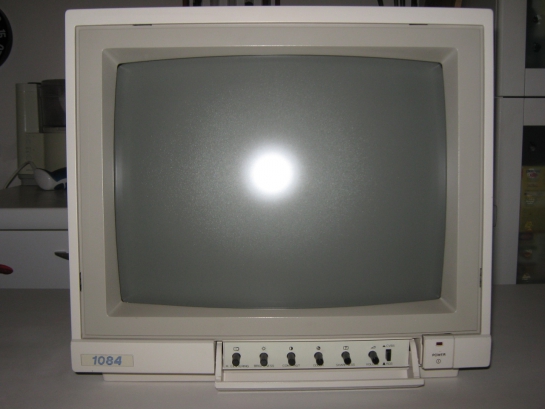
Autopsy:
from C64-Wiki:
The Commodore 1084, which was originally developed for the Amiga, is a very good colour monitor for the Commodore 64. With its many ports it can be used for connecting to many home and personal computers and can also be connected to video recorders, picture record players and TV tuners.
The Commodore 1084 has a good, sharp picture with luscious colours. All the important settings can be changed over regulators art the front or the back. While the 1084 only plays mono, the modell Commodore 1084S can also play stereo. Due to its good price performance ratio the 1084 was (and still is) very popular.
Download: Commodore 1084 Service Manual (2019)
source: c64-wiki.com
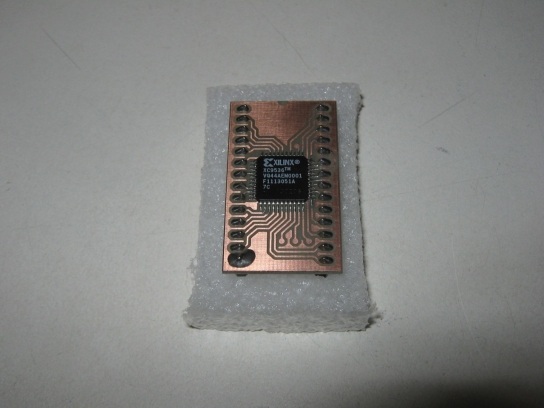
Autopsy:
The PLA chip (906114-01) used in the Commodore C64 is a generic 82S100 gate array with custom programming.
Its logic functions were dumped and reverse engineered by the community and are available from a variety of sources. This PLA uses the Xilinx CPLD XC9536 to emulate perfectly the PLA of the Commodore 64.
Download: Xilinx CPLD XC9536 JED C64 PLA + Eagle (2165)
source: zonadepruebas.com
Cartridges list:
click here for the CBS Coleco Vision category.
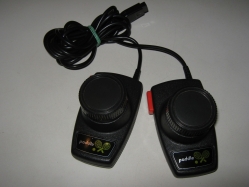
from Wikipedia:
A paddle is a game controller with a round wheel and one or more fire buttons, where the wheel is typically used to control movement of the player object along one axis of the video screen. A paddle controller rotates through a fixed arc (usually about 330 degrees); it has a stop at each end.
The paddle wheel is usually mechanically coupled to a potentiometer, so as to generate an output voltage level varying with the wheel’s angle relative to a fixed reference position. A paddle is thus an absolute position controller. That is, without any previous knowledge, the sensor can be read and the result directly indicates the position of the paddle knob. This is in contrast to a quadrature encoder-based device or “spinner”.
source: wikipedia
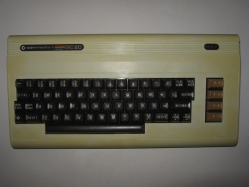
Autopsy:
from Wikipedia:
The VIC-20 (Germany: VC-20; Japan: VIC-1001) is an 8-bit home computer which was sold by Commodore Business Machines. The VIC-20 was announced in 1980, roughly three years after Commodore’s first personal computer, the PET. The VIC-20 was the first computer of any description to sell one million units.
The VIC-20 was intended to be more economical than the PET computer. It was equipped with only 5 KB of RAM (of this, only 3583 Bytes were available to the user) and used the same MOS 6502 CPU as the PET. The VIC-20′s video chip, the MOS Technology VIC, was a general-purpose color video chip designed by Al Charpentier in 1977 and intended for use in inexpensive display terminals and game consoles, but Commodore couldn’t find a market for the chip. As the Apple II gained momentum with the advent of VisiCalc in 1979, Jack Tramiel wanted a product that would compete in the same segment, to be presented at the January 1980 CES. For this reason Chuck Peddle and Bill Seiler started to design a computer named TOI (The Other Intellect).
The TOI computer failed to materialize, mostly due to the fact that it required an 80-column character display which in turn required the MOS Technology 6564 chip. However, the chip could not be used in the TOI since it required very expensive static RAM to operate fast enough. In the meantime, freshman engineer Robert Yannes at MOS Technology (then a part of Commodore) had designed a computer in his home dubbed the MicroPET and finished a prototype with some help from Al Charpentier and Charles Winterble.
With the TOI unfinished, when Jack Tramiel was confronted with the MicroPET prototype, he immediately said he wanted it to be finished and ordered it to be mass-produced following a limited demonstration at the CES.
source: wikipedia
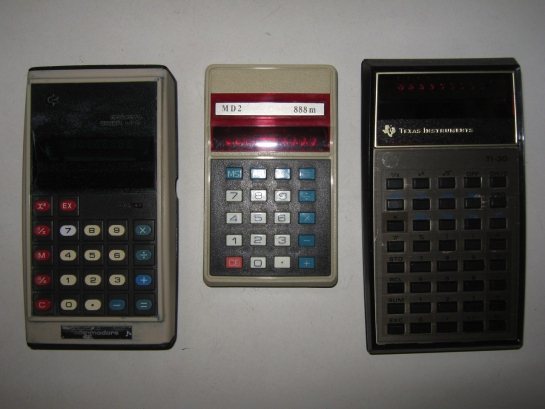
Autopsy:
Short Description:
source: mycalcdb.free.fr
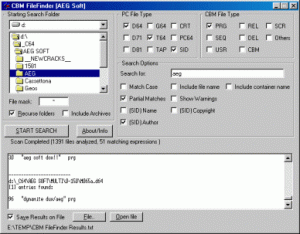 Little tool useful to find a specific file inside common emulator file formats (such as D64, T64, G64, CRT and so on) or information inside SID files.
Little tool useful to find a specific file inside common emulator file formats (such as D64, T64, G64, CRT and so on) or information inside SID files.
You can find, for example, SID from Rob Hubbard, or a specific SEQ file in all your files.
It comes with a complete help file.
source: aegsoft.snokie.org
Sorry, this entry is only available in Italian.
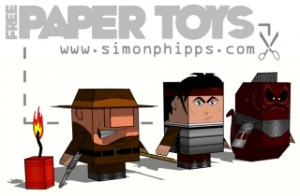 You can download the PDF of:
You can download the PDF of:
print them out and have fun with them.
source: simonphipps.com
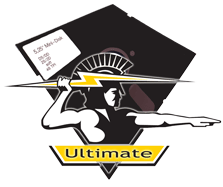 from 1541 Ultimate homepage:
from 1541 Ultimate homepage:
It is about time to release some news about the 1541U-II. I think some of you must be really curious about the extra features and possibilities that the 1541U-II give, and about the progress on production and firmware. To start off with the 1541U-II features, I can tell you that it differs from the ‘standard’ 1541U Plus/Ethernet that:
Some of you have written in the forums, that the MicroSD connector is not much of an improvement. But the rationale behind going to MicroSD is mainly the available space on the board is less, and that with the addition of a USB-A port, the average user will use the usb-stick rather than the SD-card.
So the MicroSD-card does not need to be removed from the cartridge very often. However, because at the moment that I announced the 1541U-II, the USB port was not yet tested, I could not reveal this feature as I did not want to make promises that I can’t keep.
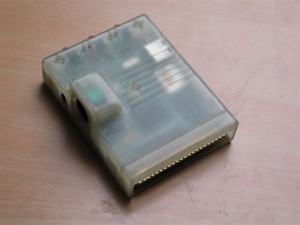 The USB turns out to be quite a bit of work to get it to work, but I can now announce that I managed to implement enough of a host-controller function to be able to talk to USB devices and send the most basic commands to access a mass-storage device. I am quite close to have implemented the ‘read-block’ and ‘write-block’ functions, which is the interface level that the file system module uses. In other words, I expect to be able to access the (FAT) file-system on the USB stick quite soon!
The USB turns out to be quite a bit of work to get it to work, but I can now announce that I managed to implement enough of a host-controller function to be able to talk to USB devices and send the most basic commands to access a mass-storage device. I am quite close to have implemented the ‘read-block’ and ‘write-block’ functions, which is the interface level that the file system module uses. In other words, I expect to be able to access the (FAT) file-system on the USB stick quite soon!
How will it work for the user? My objective is to have one ‘directory’ level above the current root of the SD-card, where you can select which partition you want to browse. There the USB flash drive becomes visible, as well as the MicroSD card, if present.
source: 1541ultimate.net
Recent Comments